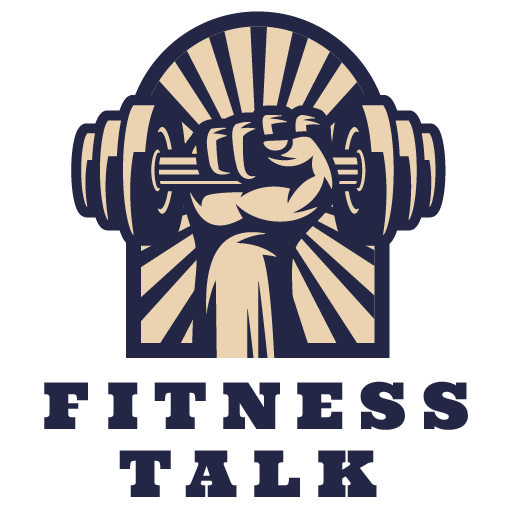
Recovery doesn’t end when treatment stops. In fact, the real work often begins the moment someone steps back into everyday life. The places, people, and situations that once fueled addiction may still be there—and navigating them can feel overwhelming. That’s where aftercare tools come in.
Aftercare equips individuals with support and strategies to manage triggers, maintain progress, and protect their sobriety. In this article, we’ll explore what real-world triggers look like, why aftercare matters, and how to stay grounded using practical tools.
What Are Triggers in Recovery?
Triggers are people, places, emotions, or situations that remind someone of substance use or tempt them to return to old patterns. They can be external (like walking past a bar) or internal (like stress or loneliness).
Common triggers include:
- Seeing people you used to use with
- Arguments with loved ones
- Work or financial stress
- Feeling bored, isolated, or rejected
- Celebrations or parties with alcohol
Studies show that relapse rates for substance use disorders are between 40% and 60% during early recovery (NIDA, 2022). Triggers play a major role in that risk—but they can be managed with the right tools.
The Role of Aftercare in Managing Triggers
Aftercare is the ongoing support and structure provided after formal treatment ends. It may include:
- Outpatient therapy
- Support groups
- Sober living environments
- Recovery coaching
- Relapse prevention plans
These tools create a safety net—helping people recognize triggers, respond with healthier choices, and continue growing in their recovery.
1. Identifying Your Personal Triggers
Before you can manage triggers, you have to know what they are.
Self-awareness is key.
During aftercare, therapists and support groups often guide individuals in mapping their personal trigger list. This might include:
- Specific people (e.g., an ex-partner or friend who still uses)
- Locations (e.g., your old neighborhood)
- Emotional states (e.g., sadness, anger, anxiety)
Keeping a journal can help you track patterns and gain insight into what sets you off.
2. Building Coping Skills Through Therapy
Aftercare often includes Cognitive Behavioral Therapy (CBT), which helps individuals recognize and challenge unhelpful thought patterns. CBT provides tools like:
- Breathing exercises
- Positive self-talk
- Reframing negative thoughts
- Distraction techniques
These tools allow you to face triggers without reacting impulsively.
“CBT gave me the language and logic to pause, think, and act differently,” says Josh, a 32-year-old in recovery for opioid addiction. “Before that, I just reacted.”
3. Creating a Relapse Prevention Plan
A strong aftercare plan includes a written strategy to manage potential setbacks. A good plan outlines:
- Known triggers
- Early warning signs of relapse
- Healthy responses (e.g., calling a sponsor, leaving a risky environment)
- Emergency contacts
- A list of coping activities
When triggers strike, you don’t have to figure it out on the spot—you already have a plan in place.
4. Leaning on Support Networks
Triggers lose their power when you’re not facing them alone.
Aftercare encourages connection through:
- 12-step meetings (like AA or NA)
- SMART Recovery groups
- Sober friends or mentors
- Recovery coaches
Support systems offer validation, accountability, and practical advice from others who’ve walked the same path.
According to a Journal of Psychoactive Drugs study, individuals who participate in peer recovery support services report greater abstinence rates and improved social functioning (Bassuk et al., 2016).
5. Practicing HALT: A Simple Daily Check-In
One easy but powerful aftercare tool is HALT, an acronym that stands for:
- Hungry
- Angry
- Lonely
- Tired
When people feel one or more of these states, they become more vulnerable to relapse. Checking in with yourself daily—and addressing these needs—can prevent emotional spirals.
6. Engaging in Healthy Distractions
Aftercare programs often recommend replacement activities for moments when triggers arise. Some healthy outlets include:
- Exercise (releases mood-boosting endorphins)
- Volunteering (fosters purpose)
- Creative arts (helps process emotions)
- Meditation or yoga (reduces stress)
Building a new lifestyle isn’t just about avoiding the old—it’s about embracing the new.
7. Using Technology for Support
Today, aftercare tools go beyond therapy sessions. There are apps that provide daily encouragement, tracking, and community.
Some helpful apps include:
- Sober Grid (connects you with other people in recovery)
- I Am Sober (tracks sobriety milestones and triggers)
- MindShift CBT (manages anxiety)
- WEconnect (customized recovery plans)
Digital tools offer round-the-clock support—especially when triggers strike unexpectedly.
8. Setting Boundaries
Part of navigating the real world includes saying no—even to people you care about. Aftercare helps individuals build communication skills and practice boundary-setting.
For example:
- Declining invites to places that feel unsafe
- Avoiding old friend groups
- Letting family know when you need space
Boundaries protect your recovery and preserve your emotional energy.
9. Celebrating Progress, Not Perfection
Recovery isn’t about doing everything right—it’s about making progress. Aftercare encourages celebrating milestones like:
- 30, 60, or 90 days sober
- Going a week without using a coping crutch
- Attending support groups regularly
Recognizing these wins builds confidence and reminds you how far you’ve come.
Conclusion: Triggers Happen, But So Does Growth
Facing triggers in the real world is one of the biggest challenges of recovery—but it’s also where true growth happens. Aftercare provides the tools, structure, and support needed to face those moments with strength and confidence.
Triggers may never fully disappear, but with aftercare, you gain the power to respond differently. Instead of spiraling, you take a breath, reach out, and keep moving forward—one day at a time.












